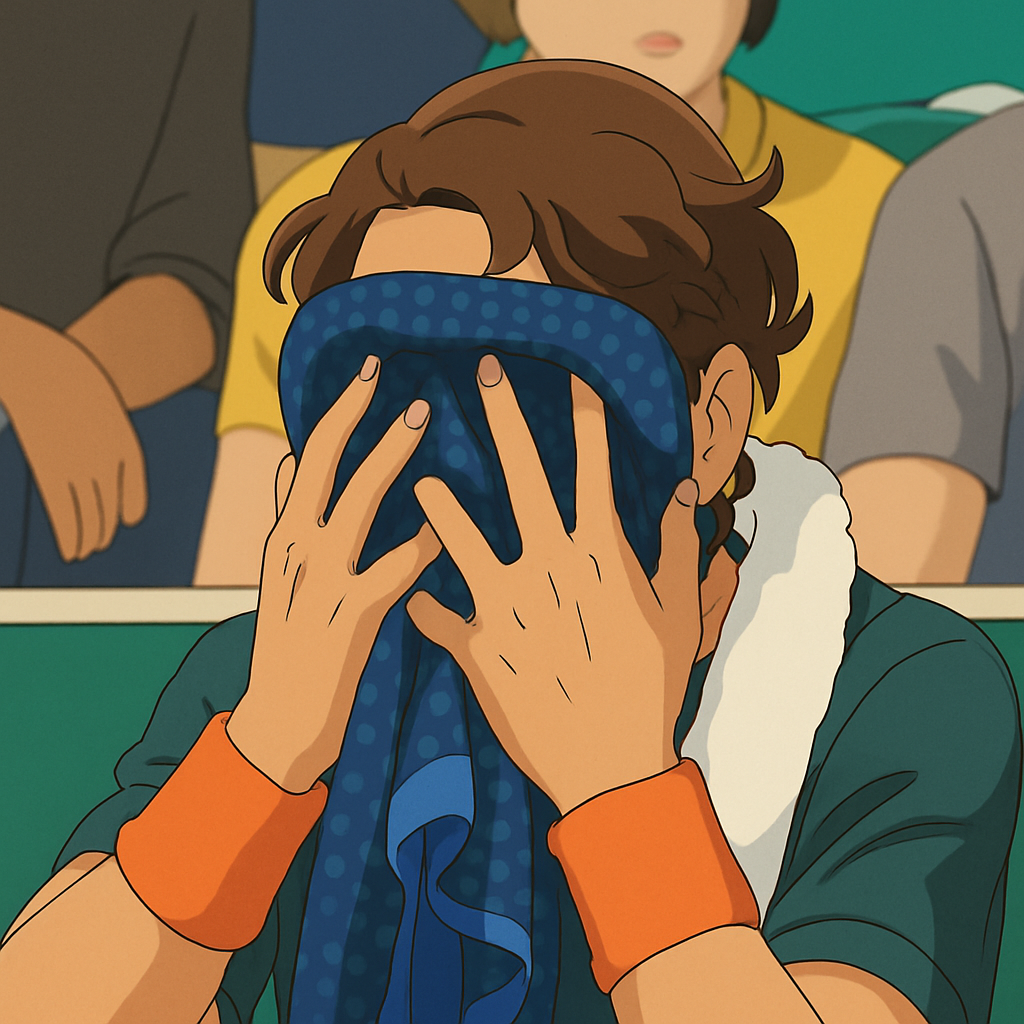LONDON — As the tennis season stretches across 11 months with barely a pause, players like Alex de Minaur and Casper Ruud are voicing concerns about burnout. With packed schedules, relentless travel, and the physical toll of the sport, is there simply too much tennis? And what can be done to address the growing fatigue among players?
The Burnout Crisis in Modern Tennis
In recent years, the tennis calendar has expanded, with more tournaments, longer seasons, and fewer breaks. The ATP and WTA tours now feature over 60 events annually, not including Grand Slams and team competitions like the Davis Cup and Billie Jean King Cup. "It’s brutal," admitted world No. 9 Alex de Minaur in a recent interview. "You’re constantly on the road, recovering, playing, and then doing it all over again."
Casper Ruud, a three-time Grand Slam finalist, echoed these concerns, stating: "The schedule is relentless. There’s no real off-season anymore. By the time you finish one year, you’re already preparing for the next." The Norwegian highlighted the mental and physical strain, particularly for players who compete deep into tournaments week after week.
The Physical Toll
Tennis is one of the most physically demanding sports, requiring explosive movements, quick changes in direction, and repetitive stress on joints. Injuries are common, and the packed calendar leaves little room for proper recovery. Key issues include:
- Chronic injuries: Players like Rafael Nadal and Naomi Osaka have struggled with long-term injuries exacerbated by the grueling schedule.
- Mental fatigue: The constant travel and pressure lead to burnout, affecting performance and motivation.
- Shortened careers: Many players retire earlier than they’d like due to the physical toll.
Is the Calendar Too Packed?
The tennis season officially runs from January to November, with only a brief six-week off-season. Even then, top players often participate in exhibition matches or training camps. The ATP and WTA have added new tournaments, including the ATP Cup and the United Cup, further crowding the schedule.
Former world No. 1 Andy Murray has been vocal about the issue, saying: "There’s no downtime. You finish the year exhausted, and before you know it, you’re back on court in Australia." The lack of recovery time not only impacts performance but also increases the risk of injuries.
The Financial Factor
While tournaments argue that more events provide opportunities for players to earn prize money, critics say the system favors top-ranked players who can afford to skip events. Lower-ranked players, who rely on tournament earnings to cover expenses, often feel compelled to play even when injured or exhausted.
Possible Solutions
Several proposals have been floated to address the burnout crisis:
- Shorten the season: Reduce the number of mandatory tournaments and extend the off-season.
- Limit tournament entries: Cap the number of events a player can enter per year.
- Increase prize money: Ensure lower-ranked players can earn enough without overplaying.
- Improve scheduling: Space out tournaments to allow for proper recovery.
The ATP and WTA have acknowledged the issue but have yet to implement major changes. "We’re listening to players," said ATP Chairman Andrea Gaudenzi. "But balancing commercial interests with player welfare is a challenge."
Conclusion: A Call for Change
The growing concerns from players like de Minaur and Ruud highlight a pressing issue in tennis. Without significant adjustments to the calendar, burnout and injuries will continue to plague the sport. As Ruud put it: "Something has to give. We can’t keep playing through the pain forever."
The conversation is just beginning, but the need for action is clear. Whether through scheduling reforms, financial adjustments, or player-led initiatives, the sport must find a way to prioritize athlete well-being without sacrificing the excitement of competition.

